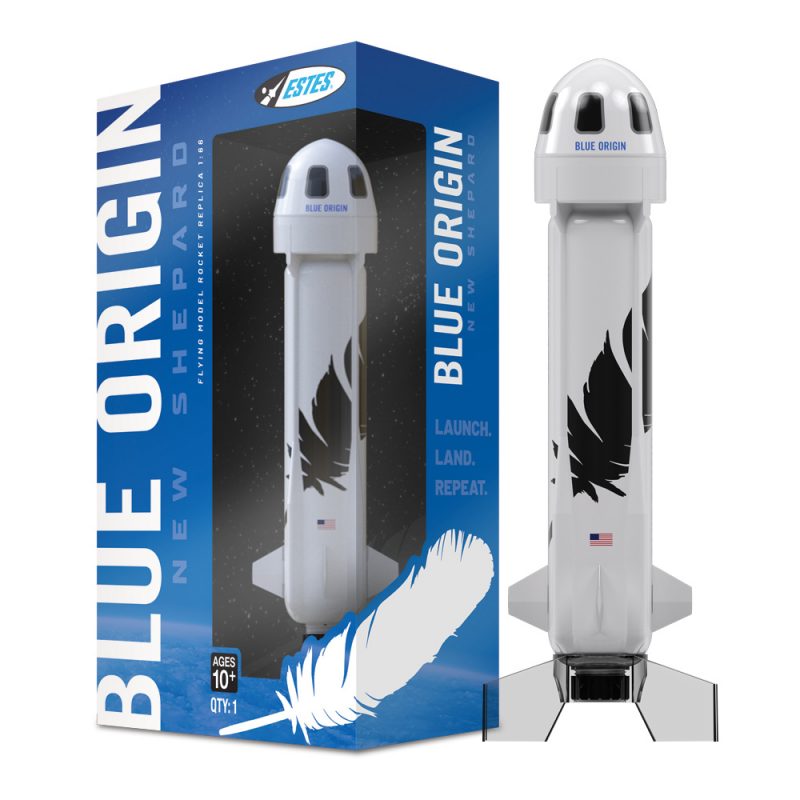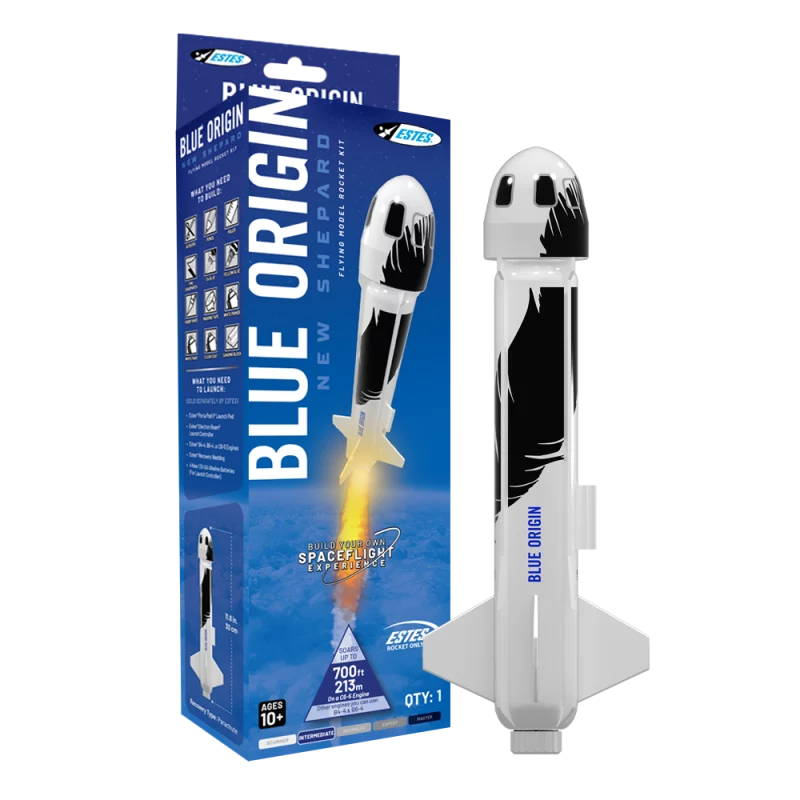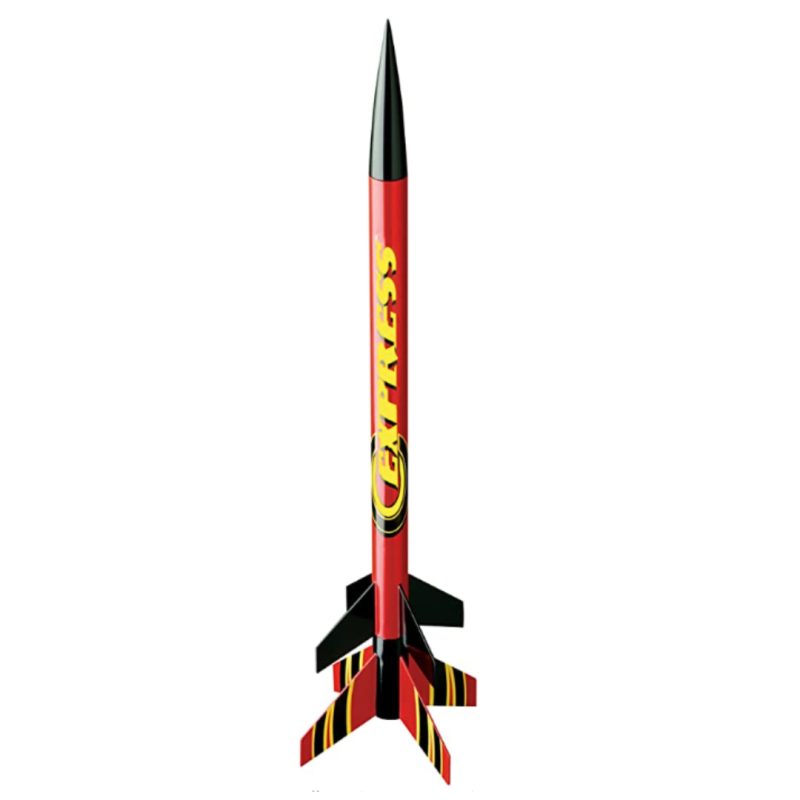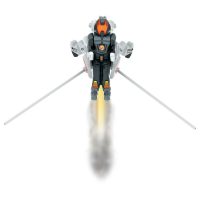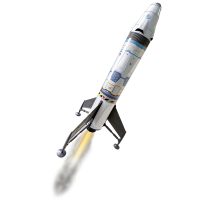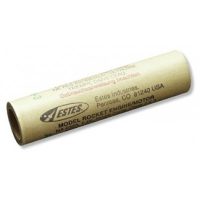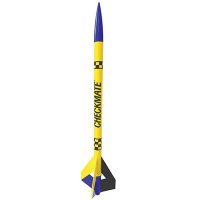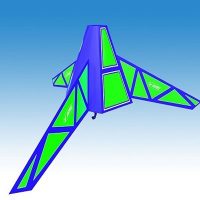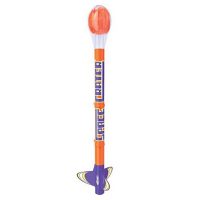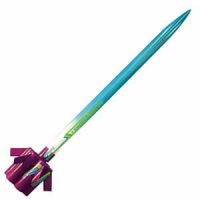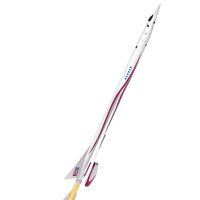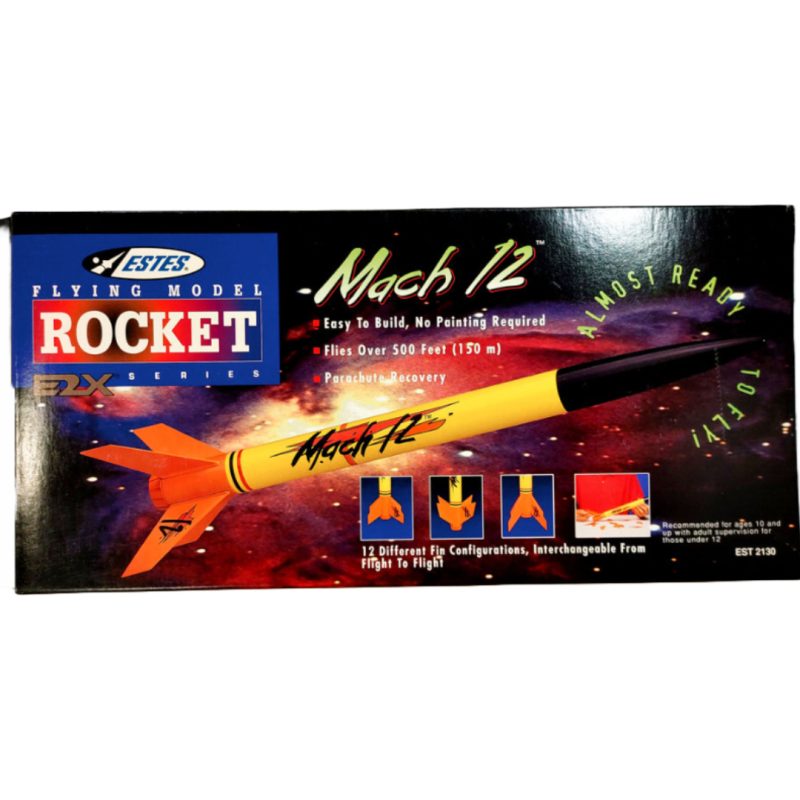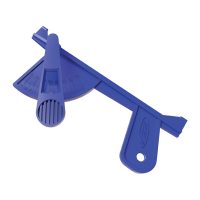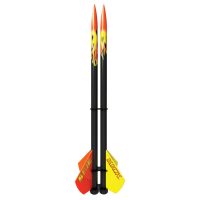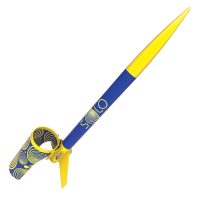-
Blue Origin New Shepard
Original price was: $69.99.$34.98Current price is: $34.98. -
Blue Origin New Shepard Builder Kit
Original price was: $35.99.$17.98Current price is: $17.98. -
DESTINATION MARS™ LEAPER™
Original price was: $24.99.$12.98Current price is: $12.98.Officially it’s the LAMPMU – Low Altitude Mars Personal Maneuvering Unit – but no one ever calls it that. To most people, on Earth and on […]
-
DESTINATION MARS™ MAV
Original price was: $21.99.$10.98Current price is: $10.98.The Mars Ascent Vehicle (MAV) is the first rocket in a new series at Estes, Destination Mars. A truly unique rocket, the MAV will keep you […]
-
Estes C11-0 Model Rocket Engines (2 each)
Original price was: $9.99.$5.89Current price is: $5.89.2 engines, 2 starters, 4 plugs The Estes C11-0 engine is a booster stage engine designed for model rocket flight and has to be used with […]
-
Estes C11-7 Model Rocket Engines (2 each)
Original price was: $9.99.$4.98Current price is: $4.98.2 – C11-7 Engines 2 – Starters 4 – Starter Plugs
-
Estes Checkmate Model Rocket
Original price was: $14.99.$7.98Current price is: $7.98.Skill Level 1 Featuring a unique, highly swept nested fin design, keep your eyes on this one as you can easily reach 900 feet! Single stage […]
-
Estes Hex-3 Model Rocket
Original price was: $8.99.$4.98Current price is: $4.98.Definitely a 1st for Estes, the Hex-3 is going to challenge your building skills just a bit! While it might be small, don’t be fooled! UNIQUE […]
-
Estes Space Crater Model Rocket
Original price was: $22.99.$11.98Current price is: $11.98.Have you wanted to “crate” an egg into space but didn’t have a lot of time to build and finish your rocket? If this is you, […]
-
Estes Super Neon Model Rocket
Original price was: $29.99.$14.98Current price is: $14.98.Skill Level 2 The new Super Neon kit has been retrofitted with the latest parts designs. Its laser cut balsa fins, injection molded plastic and Estes […]
-
Low-Boom SST
Original price was: $29.99.$14.98Current price is: $14.98.The supersonic transport (SST) was the future until dangerously loud sonic booms limited where these marvels could fly. The super-quiet Low-Boom SST could begin a new […]
-
Mach 12 Singles
Original price was: $9.99.$4.99Current price is: $4.99.B5-4, B6-2, B6-4, C5-3, C6-3, C6-5
-
MINI ALTITRAK ALTITUDE TRACKER
Original price was: $11.99.$7.07Current price is: $7.07.Take learning to new heights with this low-cost technology solution for tracking model rocket altitude. These small, easy to transport altitude tracking devices allow for students to track flight data, analyze and graph! Coming in a 3 pack, this makes it easier on your wallet so you can provide engaging learning opportunities for your students.
DESCRIPTION
Need a savior from a boring classroom, but want to keep it educational? Introduce the Mini AltiTrak to your rocketry activity to engage students in the engineering process. It’s not just about data collection and analysis, but about having the tools and resources to understand what is truly happening when the rocket flies through the air.The Mini AltiTrak uses a gravity protractor to present the angle from your body to the apogee of your rocket flight. With the distance from the launchpad to your body, use simple geometry to calculate the height of your rocket flight, then challenge your students to engineer solutions to optimize their rocket’s altitude!
-
SIDEKICK™
Original price was: $21.99.$10.98Current price is: $10.98.The Sidekick cleverly combines two body tubes, two nose cones, and two sets of fins to produce one remarkable rocket! Clustered engine launches are spectacular, as […]
-
Solo Beginner
Original price was: $21.99.$10.98Current price is: $10.98.

